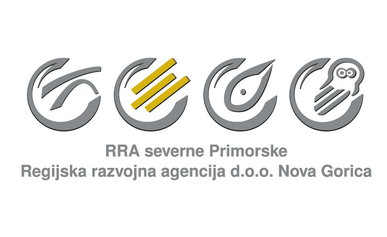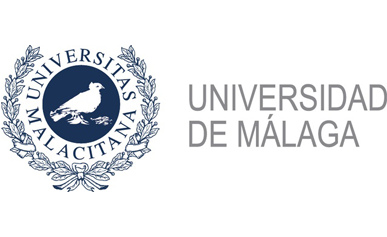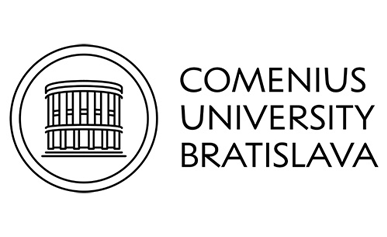
Training
|
Cybersecurity tips and tricks Learning outcomesClick to read

IntroductionClick to read

Keep yourself updatedClick to read
 Our devices usually bother us with inconvenient “new software update” notifications. Despite sometimes not changing anything at first glance, these updates are very useful, as they patch recently discovered bugs and security issues that might pose a risk to our devices and the information they contain However, these software updates might be short-lived since hackers are always on the lookout to find software vulnerabilities, which stresses the importance of keeping our devices updated. Use backups!Click to read

Passwords and multi-factor authenticationClick to read
 Often overlooked, passwords are a vital part of cybersecurity. Despite the hassle of remembering and introducing them character-perfect, long passwords with as m4nY! types of characters as possible are a must. Needless to say, using your date of birth (and the like) is not an option. Also, due to frequent security breaches, passwords can be easily compromised, so keep different passwords on every device or account and remember to change them regularly! Multi-factor authentication is a system that makes it harder for cybercriminals by requiring additional credentials beyond the password to enter your account e.g., an SMS code, a call or using a specific app. Safe practices Safeguard your privacy!Click to read
 We tend to associate cybersecurity with hackers using state-of-the-art tools to break into our accounts. The truth is that most of their success comes from googling and gathering “public information” from social media, blogs and forums. In this way, if we like to use a combination of our pet’s name, mother’s surname, door number, etc. for our passwords, it is a matter of time before a hacker can gather it all from here and there, recombine it and break in. Reconsider what “private information” means to you. Go back on your timeline(s), look for any pictures of your ID/credit card/personal documents (could be goodbye, appreciation or mock posts) and delete them. Also, pay attention to any profiles having too much unnecessary personal information. Remember: if you don’t want any information to be seen by strangers, just don’t post it! Watch your netiquette Click to read

Tools to enhance ICT security VPNsClick to read
 Not everything is going to be measures, rules and habits. Fortunately, there are plenty of tools designed to combat cyberthreats like VPNs, Antimalware and Cloud apps. VPNs are filters that mask your online identity and encrypt your data. It does so by connecting to a private server that scrambles your data, blocking external access to them and making them unreadable if stolen. Additionally, most VPNs have servers in several countries, which means we have plenty of options to disguise our IP as a foreign one and access geo-blocked contents unavailable in our country:
Moreover, AntimalwareClick to read
 Despite being commonly called “Antivirus”, Antimalware software is designed to detect, quarantine and eliminate any cyberthreats, not only viruses. While viruses are designed to replicate themselves and make devices malfunction, malware is an umbrella term for any kind of malicious software that spreads spam and ads and steals information and passwords (and might even ask for a ransom!). Nowadays, it is true that most antimalware software has an antivirus app and vice versa, with a big range of functionalities and modalities: As per paid options, What’s more, the free versions of The CloudClick to read
 “The Cloud” is an online hosting service that allows users to upload, modify, store and share their files. Storing your files online in private servers safeguards said files against any local attack or corruption as well as preventing problems with physical hard drives such as lack of space, losses or deterioration. Despite its name, “the Cloud” is not a unique entity, but every provider has their own and that is why there are several options: A popular option despite veering to paid plans, With 5 GB and 15 GB respectively, Microsoft’s Finally, though mainly used for file sharing, Summing upClick to read

| |||||||||||||||||||||||||||||||||||||||||
Keywords
Cybersecurity, The Cloud, Privacy, Netiquette
Objectives/goals:The objectives of this module are to explain the importance of maintaining good cybersecurity practices, to highlight the importance of protecting personal information, and to provide a general idea of the handiest and effective cybersecurity tools.
- Getting familiar with cybersecurity: Protocols are as important as applications
- Developing responsibility: Netiquette and common sense are especially important
- Understanding how to maintain privacy: Being very mindful of the content shared online.
- Understanding the utility tools, such as VPNs, Antimalware and cloud apps
Content index:
Interacting safely in a digital setting
Unit 1: Cybersecurity tips and tricks
Section 1.1: Introduction
Section 1.2: Keep yourself updated
Section 1.3: Use backups!
Section 1.4: Passwords and Multi-factor authentications
Unit 2: Safe practices
Section 2.1: Safeguard your privacy
Section 2.2: Watch your netiquette
Unit 3: Tools to enhance ICT security
Section 3.1: VPNs
Section 3.2: Antimalware
Section 3.3: The Cloud
- https://www.ionos.es/digitalguide/online-marketing/redes-sociales/netiquette/#:~:text=Este%20t%C3%A9rmino%20hace%20referencia%20a,t%C3%A9rmino%20netiqueta%2C%20su%20traducci%C3%B3n%20directa
- https://www.avast.com/es-es/c-malware-vs-virus#:~:text=%C2%BFCu%C3%A1l%20es%20la%20diferencia%20entre,que%20un%20tipo%20de%20malware
- https://www.trellix.com/en-au/security-awareness/ransomware/malware-vs-viruses.html#:~:text=Malware%20is%20a%20catch%2Dall,its%20code%20into%20other%20programs
Related training material
 Play Audio
Play Audio 













